Conclusion
Pros
- Exceptionally well-built lens with beautifully smooth focus ring
- Ultra-fast f/0.95 aperture can provide full-frame levels of subject isolation on a Micro 4/3 camera
- Relatively sharp wide open and extremely sharp stopped down
- Gorgeous bokeh in the close focus and portrait-length focus range
- Good control of lateral chromatic aberration
- Lens can focus extremely closely: down to 0.23m
- Nice included metal lens hood that is reversible for storage
- Aperture click-stops can be deactivated by the top ring on the lens, allowing for silent and continuous aperture changing
- Reasonably priced at $999.
Cons
- High levels of spherical aberration at close and far focus distances reduces contrast and resolution
- Relatively high longitudinal chromatic aberration
- Bokeh gets quite busy at longer focus distances, which may or may not appeal to the viewer
- Fully manual lens means no EXIF data, no Autofocus or Auto-aperture
- Lens is very heavy for a Micro 4/3 lens
- Lens exposes closer to f/1.1 than f/0.95, though depth of field is consistent with f/0.95.
The Voigtländer 42.5mm f/0.95 is, like it’s brothers, a very interesting lens for the Micro 4/3 shooter. It provides an exceptionally fast f/0.95 aperture and a very unique rendering that is generally extremely pleasing. The build quality is outstanding, with the entire lens being constructed of metal and glass. The manual focus ring is beautifully damped and smooth and the whole package just feels great in the hand.
At smaller apertures, the Nokton 42.5mm is extremely sharp across the frame with great color and contrast. At wider apertures, there is a glow due to spherical aberration, though resolution is still relatively good. The spherical aberration becomes more problematic at closer focus distances and wide apertures and the lens can display rather heavy longitudinal chromatic aberration. Overall, though, the images out of the 42.5mm f/0.95 are of very high quality, and the speed and subject isolation you get with this lens is more akin to the look you get from a full frame camera than typical Micro 4/3. Voigtländer has also priced the lens relatively reasonably, at $999. This is a very decent price considering the extreme speed of the lens. I really like the look of the images I got out of the 42.5mm f/0.95; they almost have a timeless quality to them. Ultimately, I grew to very much enjoy shooting with this lens during the review period. This lens has some pretty stiff competition upcoming, though, with Panasonic about to release their Leica branded 42.5mm f/1.2. I would imagine this lens will be highly corrected at f/1.2 and will also have autofocus and image stabilization. It’s one to keep an eye on.
If you need shallow depth of field and want a lens that provides a very unique and interesting look to your images, the Nokton 42.5mm f/0.95 is a great option, especially if you like a bit of that special character that Voigtländer lenses can provide.
Image Samples
Click to enlarge an image.
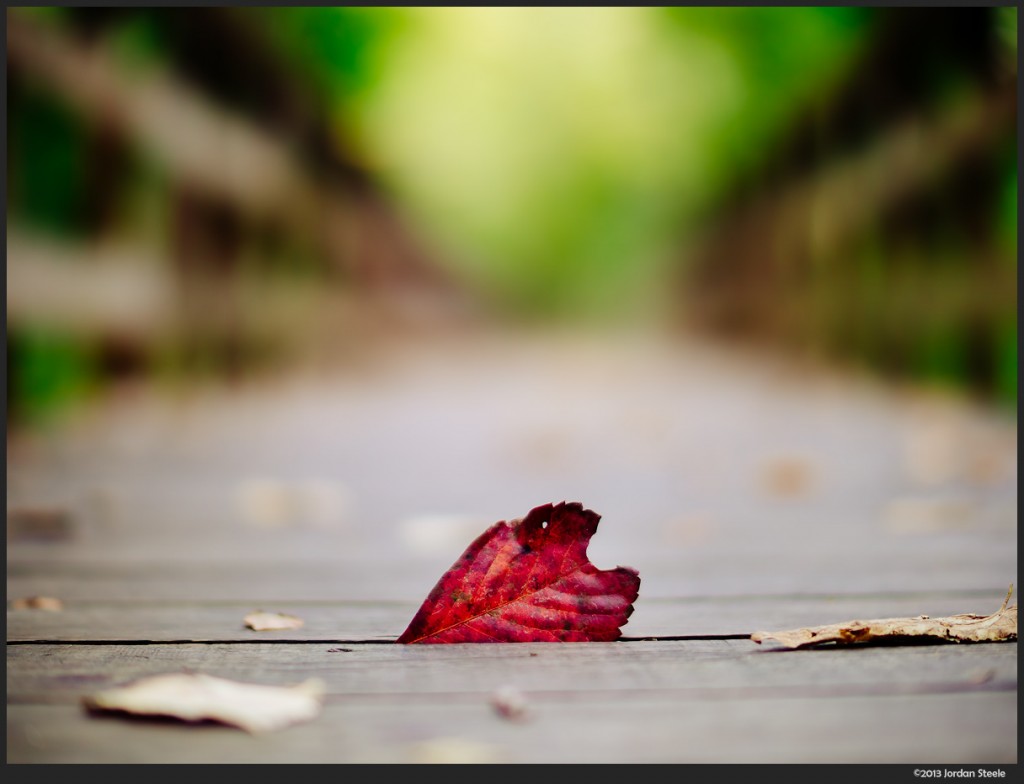
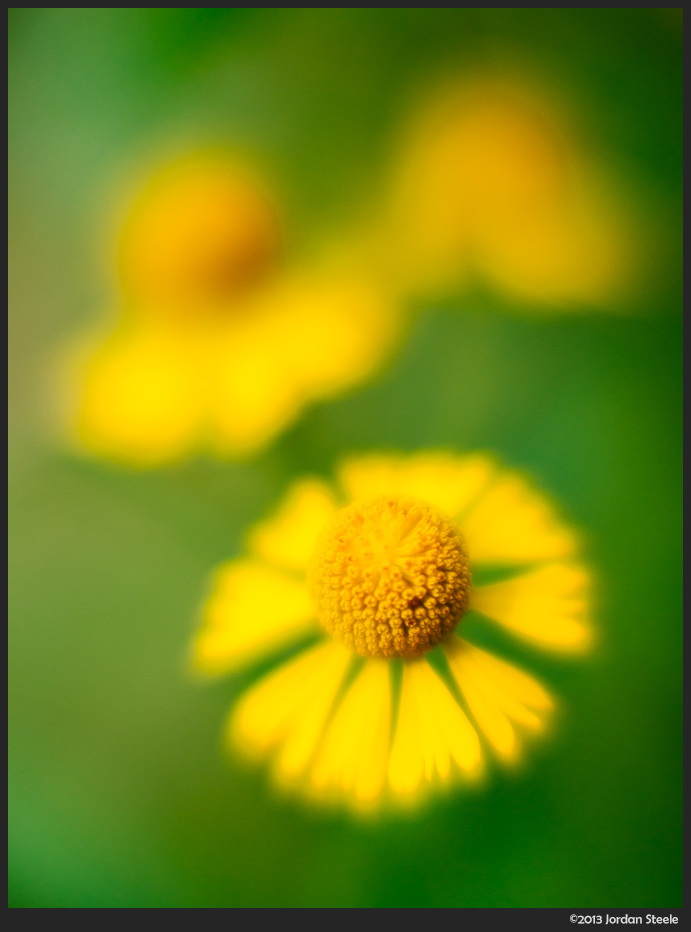

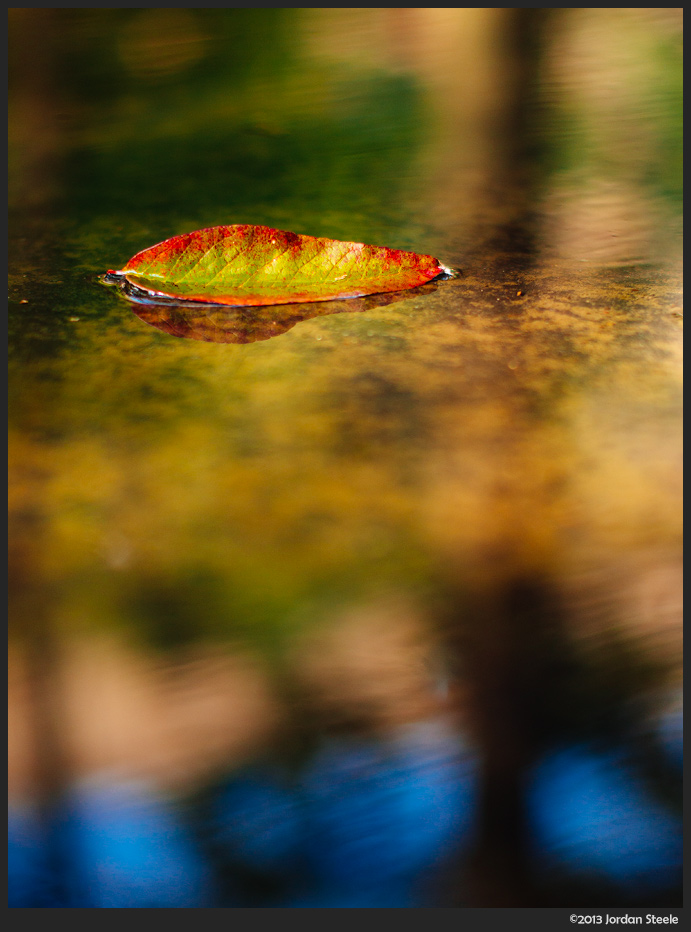
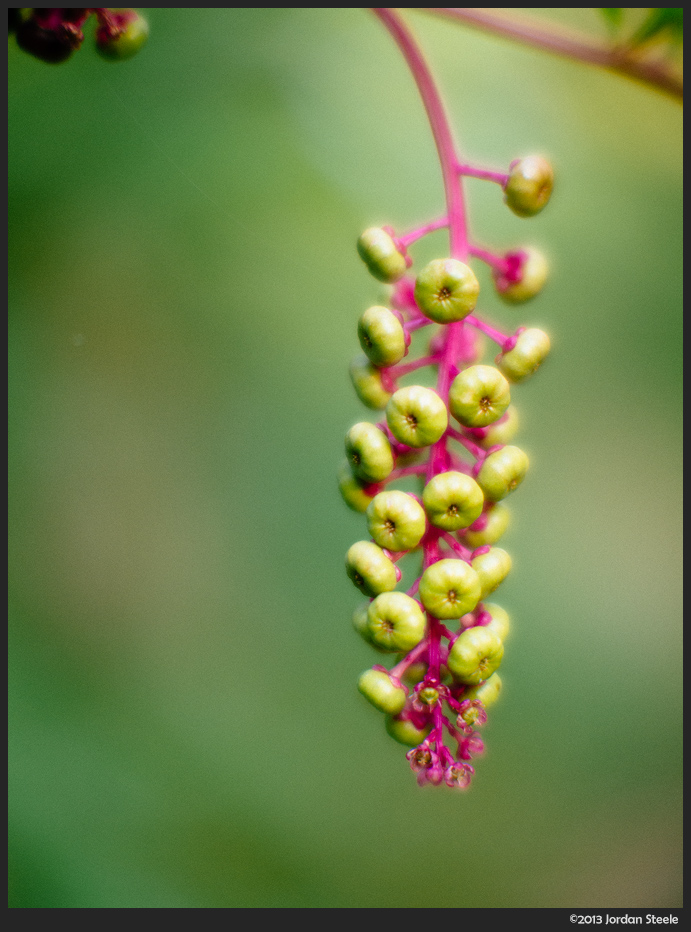
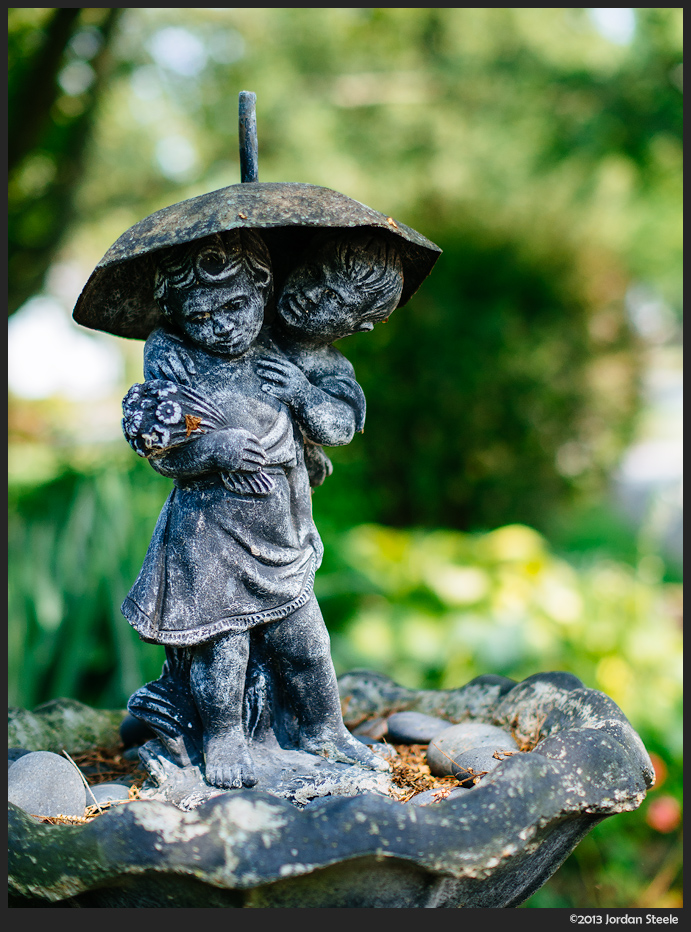











Leave a Reply